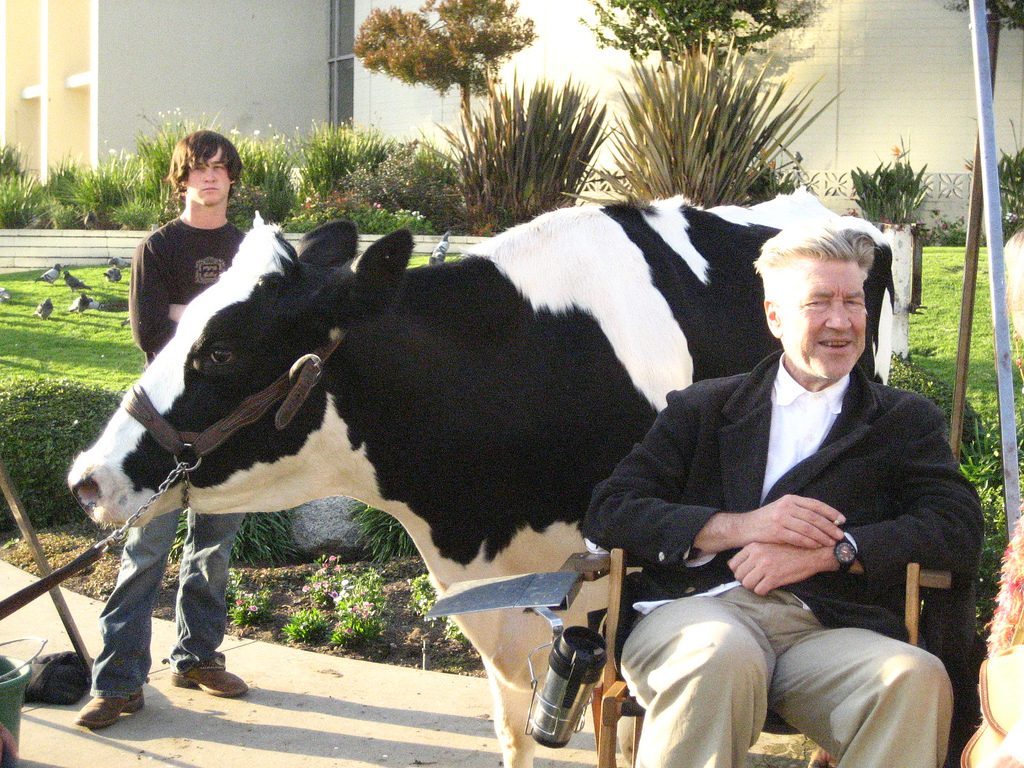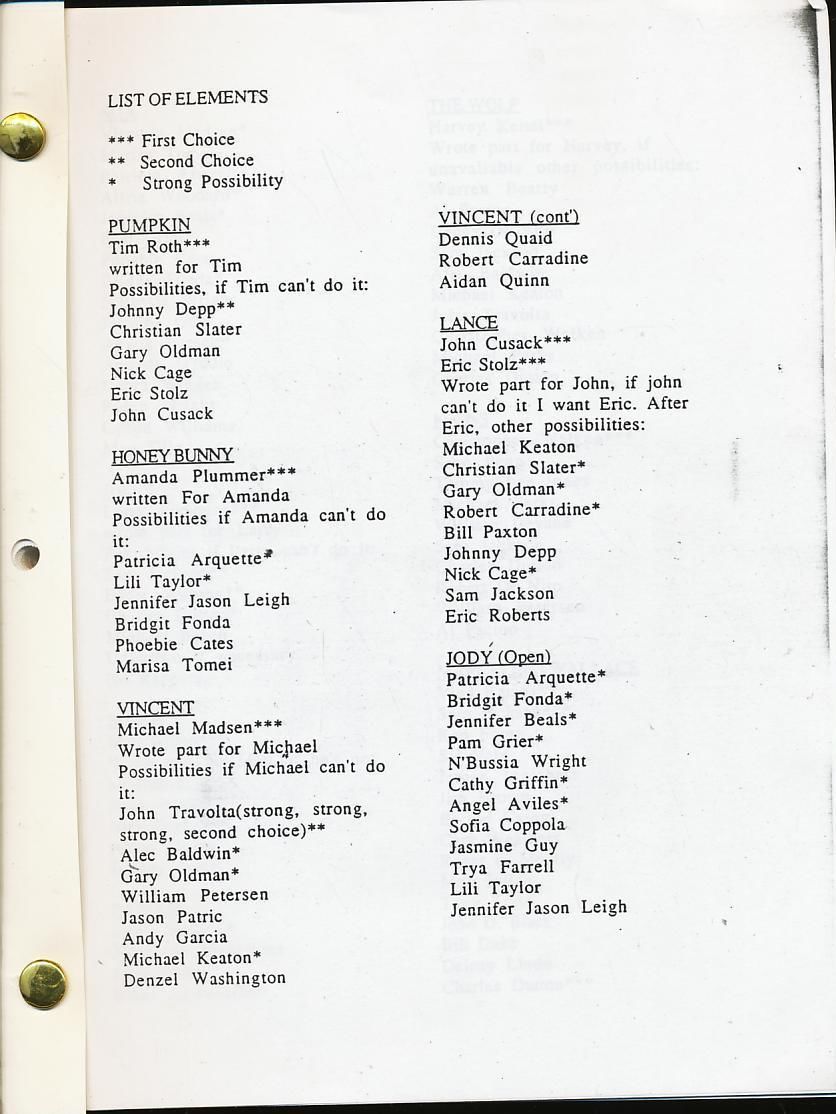Those who watch and dislike Chantal Akerman’s best-known film, Jeanne Dielman, 23 quai du Commerce, 1080 Bruxelles, often complain that “nothing happens” in it. But in my experience of introducing it — nay, evangelizing for it — to friends, it usually only takes a solid viewing or two of that 1975 three-hour-and-twenty-minute tale of a Belgian single mother’s days and nights spent cooking (a short clip of which you can see above), cleaning, and possibly engaging in prostitution to feel — or at least in the immediate aftermath of viewing, feel — that in no movie but Jeanne Dielman, 23 quai du Commerce, 1080 Bruxelles does anything truly happen. Every other movie plays, by comparison, as if on fast-forward, or like a set of filmed Cliff’s Notes.
Clearly, Akerman saw, and realized, a wider storytelling potential in cinema than do most filmmakers. So much worse the loss, then, when she died earlier this month, leaving behind a filmography consisting of not just her early masterpiece Jeanne Dielman, which she directed at just 25 years of age, but a variety of feature films and shorts made between 1968 and this year. As a tribute, the cinephile-beloved home video company The Criterion Collection has, for a very limited time, made all of their Akerman films free to view on Hulu (unfortunately, for viewers in certain territories only), including 1978’s Les rendezvous d’Anna, embedded just above, 1972’s Hotel Monterey and La chambre, 1975’s Je tu il elle, 1976’s News from Home…
… and of course, Jeanne Dielman. If you plan to enjoy a free Akerman marathon on Hulu thanks to Criteron, you’d better do it soon, since they’ll only remain free to view through the next day. And do invite all your most cinematically adventurous friends to join your side, as with most auteur films, the interest that doesn’t lie in watching them lies in arguing about their merits afterward. You can hear one such fun conversation on a 2011 episode of The Criterioncast, a podcast dedicated to films released by the Criterion Collection, just above. It actually features yours truly as the special guest, discussing Jeanne Dielman with the regular panelists. Do you side with the likes of an Akerman partisan like me, or does your opinion most closely resemble one of the others who doesn’t take quite such a rich experience from their every viewing? Today, you can find out where you stand on this and other of Akerman’s fascinating works for free. And you can always find many more free films in our collection, 4,000+ Free Movies Online: Great Classics, Indies, Noir, Westerns, Documentaries & More.
Related Content:
An Ambitious List of 1400 Films Made by Female Filmmakers
120 Artists Pick Their Top 10 Films in the Criterion Collection
Slavoj Žižek Names His Favorite Films from The Criterion Collection
Colin Marshall writes elsewhere on cities, language, Asia, and men’s style. He’s at work on a book about Los Angeles, A Los Angeles Primer, the video series The City in Cinema, and the crowdfunded journalism project Where Is the City of the Future? Follow him on Twitter at @colinmarshall or on Facebook.



